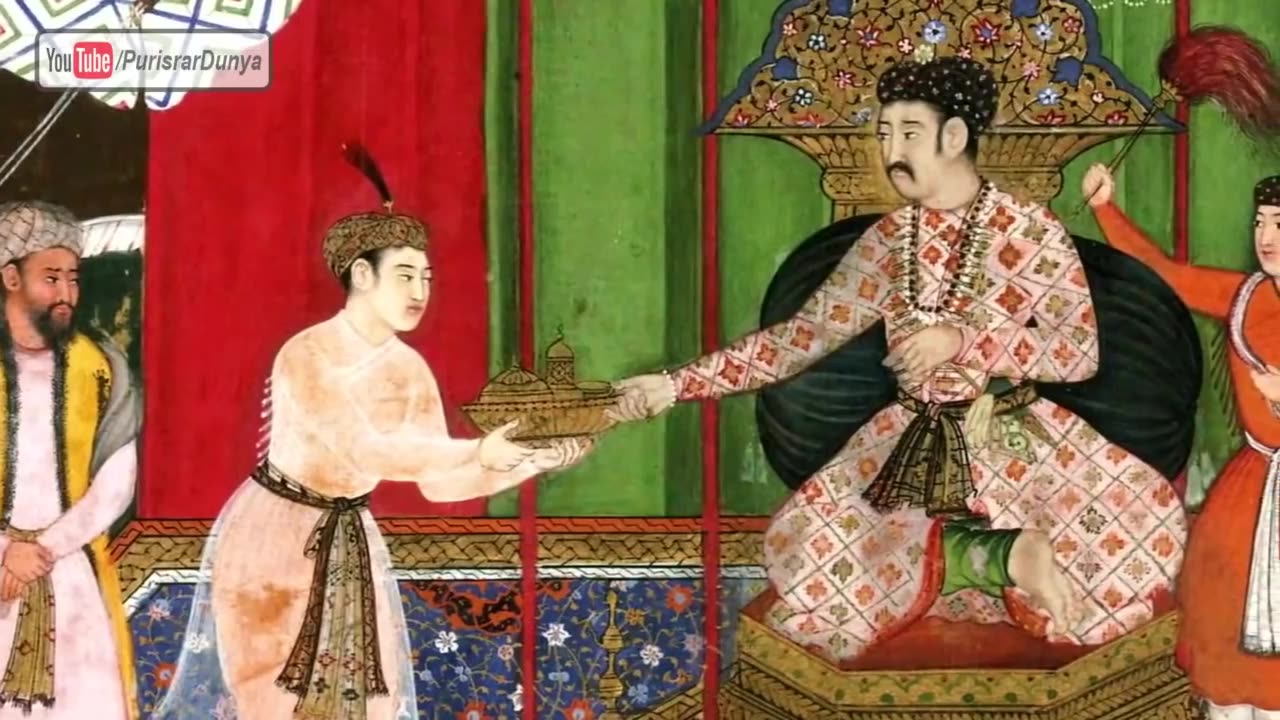Premium Only Content

Beginning And End Of Mughal Empire - History of Mughal Badshah Babar To Bahadur
The Mughal Empire was a powerful Islamic state that ruled over the Indian subcontinent from the early 16th century to the mid-19th century. The empire was founded by Babur in 1526 and it reached its peak under the reign of Akbar the Great, who ruled from 1556 to 1605.
Under Akbar's rule, the Mughal Empire became a center of culture, science, and architecture. He introduced a policy of religious tolerance, abolished discriminatory taxes on non-Muslims, and established a strong centralized government. His successors continued his policies and expanded the empire's territory, but by the 18th century, the Mughal Empire began to decline due to corruption, weak leadership, and economic instability.
The British East India Company gained control of Indian territories in the 18th century and gradually eroded the Mughal Empire's power. The last Mughal Emperor, Bahadur Shah Zafar, was exiled to Burma (present-day Myanmar) by the British in 1858, marking the end of the Mughal Empire.
Despite its decline and eventual downfall, the Mughal Empire had a significant impact on Indian history and culture. It left behind a legacy of impressive architecture, art, and literature that continue to influence Indian culture today.
-
 LIVE
LIVE
Quite Frankly
5 hours ago"Senate Clown Show, The ERS, Wildland Firefighting" ft. Chris Hamilton, Scott Mulvaney 1/14/25
614 watching -
 1:59:21
1:59:21
Revenge of the Cis
4 hours agoEpisode 1430: The Storm
19.9K6 -
 36:26
36:26
Producer Michael
5 hours ago$70K Oud Made from Wood! The World's Most Exclusive Fragrance
13.3K3 -
 35:47
35:47
Michael Franzese
4 hours agoHBO’s Sons of Ecstasy: The Harsh Truth About the Mob’s Impact on Family
64.2K7 -
 2:01:52
2:01:52
The Quartering
6 hours agoBenny Johnson Backlash, Unhinged NFL Fan Gets Instant Karma, Tiktok Bought By Elon & More!
98.4K80 -
 1:02:43
1:02:43
Chad Prather
4 hours agoPete Hegseth Hearing Happening NOW! WE MUST CONFIRM HIM!
41.3K35 -
 1:40:52
1:40:52
Russell Brand
7 hours agoCalifornia Burns! Who’s Really to Blame? – SF519
146K59 -
 1:27:57
1:27:57
The Officer Tatum
5 hours agoLIVE: Pete Hegseth DESTROYS Leftist at Confirmation Hearing! + MORE Officer Tatum Show EP 41
61.3K83 -
 1:58:28
1:58:28
The Charlie Kirk Show
7 hours agoThe Hegseth Confirmation Hearing | Larsen, Dr. Marshall, Halperin | 1.14.2025
172K117 -
 12:15
12:15
Reforge Gaming
7 hours agoPlayStation has a First Party Problem
49.8K3